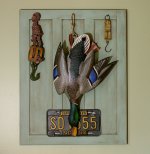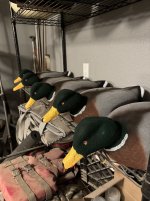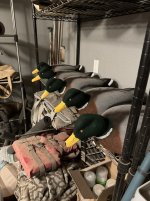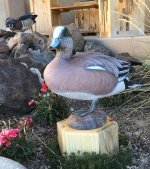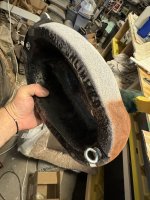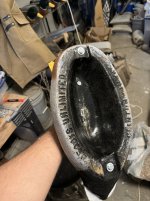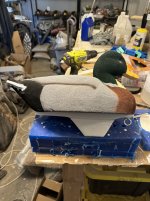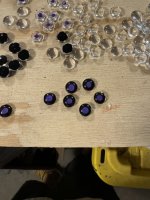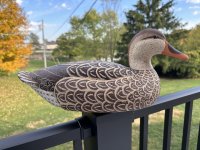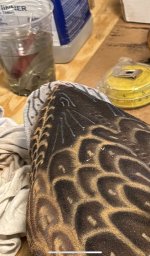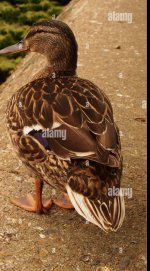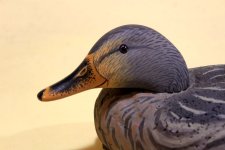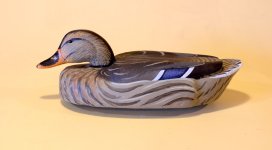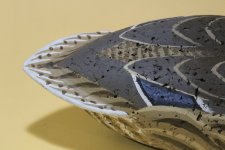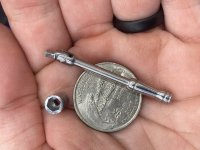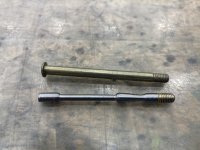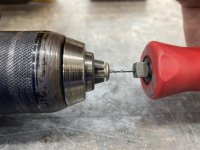@jode hillman,
@MLBob Furia, &
@Rick Pierce
I appreciate what you guys are saying and the anecdotes from older hunters you've run across certainly jives with things I've heard said over the years. I have zero doubt that some carvers harvested their own and they specifically went for the bell bottom, positively. But I sure would like to see some comparisons between wood from different parts of the tree to better understand any differences and their magnitude. In my shop right now I have a big hunk of tupelo that we cut four or five years ago from a stand on the property I have permission to hunt. It was taken above the bell. It's about 30" long or so and was approx. 18" before I quartered it on my 36" bandsaw. It feels VERY SOFT to me. In fact, the pith is probably too soft (not rot) to do anything with. I need to take a knife to it just to get a better feel but kind of doubt you'd consider it hard. Taking into consideration Rick's dad's wood duck experience and you all's comments maybe there is a lot of hardness variation within a tupelo, or between tupelos, and the base is the only consistent place to carve from. But for the carver buying bell wood, I would be very leery that what I was getting was from the bell. My hunch is the likelihood I'm getting wood somewhere up the trunk is high, unless the vendor is upfront, honest, and in control of the sawing.
Speaking of wood from the hunting property. Last fall we cleared a swampy area when it got really dry and cut five large white oaks (26" - 38" diameters) and drug them out of the swamp with a D3 bulldozer and bucked them (see below pictures). Just last night these logs were pulled from the bottoms and hauled to a gravel lot near the lodge. I have a portable sawmill coming this weekend to saw them. I'm afraid I may have bitten off more than I can chew! If the sawyer can cut them I have A LOT of hauling and stacking to do, to the tune of 3500 board feet. I am going for quarter sawn. Hopefully the mill can handle the logs, and we can flip them for quarter sawing. Getting these logs sawn, moved to my shop, and stacked is going to be a challenging task to say the least.
View attachment 59783
